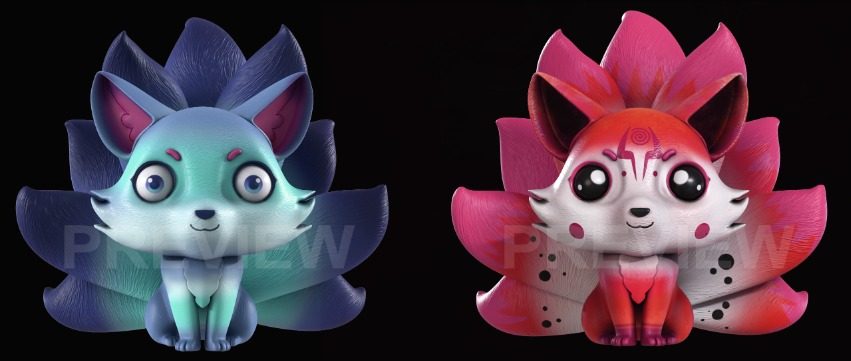3D Animation
3D animation is a technique used to create the illusion of three-dimensional movement and depth within a digital environment. Unlike 2D animation, which works in a two-dimensional space, 3D animation involves the manipulation of three-dimensional objects and characters. Here are the key aspects of 3D animation:
- 3D Modeling: 3D animators start by creating three-dimensional models of characters, objects, and environments using specialized software. These models are composed of vertices, edges, and polygons, and they can be manipulated in three dimensions.
- Rigging: To animate characters and objects, a rigging process is necessary. Rigging involves creating a digital skeleton (a system of bones and joints) for characters. This skeleton allows animators to control the movement of the 3D model.
- Keyframe Animation: Animators use keyframes to define the significant poses or positions of a 3D object or character at specific points in time. The software interpolates the frames between keyframes to create smooth animation.
- Motion Capture: In some cases, 3D animation can be driven by motion capture technology. This involves recording the movements of real-life actors or objects and translating that data into digital animations. It is often used in video games and movies to achieve realistic character movements.
- Texturing and Shading: To make 3D objects and characters look realistic, texture maps and shading techniques are applied. These processes involve adding surface details, colors, and textures to the 3D models.
- Lighting: Realistic lighting is crucial in 3D animation to create depth, shadows, and highlights. Animators use various lighting techniques to achieve the desired look and atmosphere.
- Rendering: After the animation is created, the 3D scene is rendered, which means generating the final images or frames from the 3D data. Rendering can be a time-consuming process, especially for high-quality animations.
- Special Effects: 3D animation allows for the incorporation of a wide range of special effects, including particle systems, fluid simulations, and physics-based animations. These effects enhance the visual appeal and realism of the animations.
- Sound and Music: Like 2D animation, sound effects and music are essential components of 3D animations. They contribute to the overall atmosphere and storytelling.
- Applications: 3D animation is widely used in various industries, including film and television, video games, architectural visualization, medical and scientific simulations, product design, and more.
- Virtual Reality (VR) and Augmented Reality (AR): 3D animation is integral to the development of virtual reality and augmented reality experiences, where users can interact with 3D digital environments and objects in real-time.
- Artistic Freedom: 3D animation offers a high degree of artistic freedom, enabling creators to explore a wide range of styles and visual aesthetics.

In summary, 3D animation is a versatile and powerful medium that has revolutionized the world of entertainment, education, and various industries. It allows for the creation of highly detailed and realistic animations while offering immense creative possibilities for artists and storytellers.


